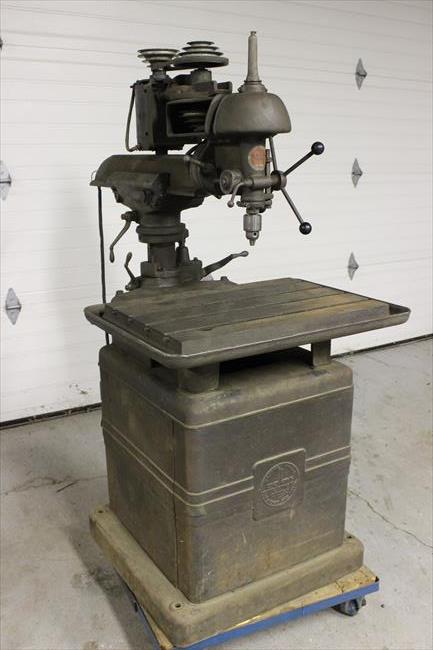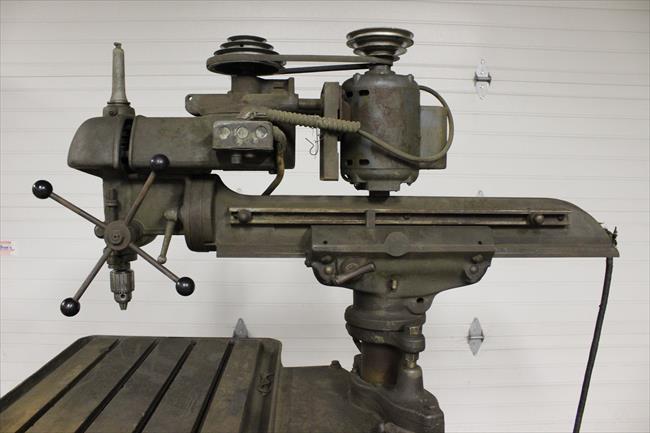I noticed where grizzly was having a sale on their drill presses and I was wanting to know what the difference is between a radial drill press and a standard one....I was wanting to get a benchtop drill press ...anyone who can help me on this I really would appreciate it...and what is anyone's thoughts on buying a drill press from grizzly....




 Reply With Quote
Reply With Quote





